Zebra
Buy Zebra The rock trio Zebra existed with almost equal measures of three critical stripes – love, hate and indifference. The group’s dedicated fans point out the melodic dynamics present with group leader […]
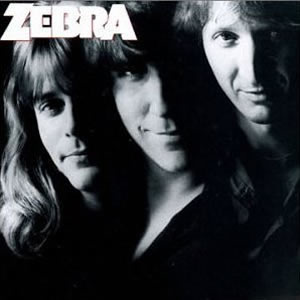
Buy Zebra The rock trio Zebra existed with almost equal measures of three critical stripes – love, hate and indifference. The group’s dedicated fans point out the melodic dynamics present with group leader […]
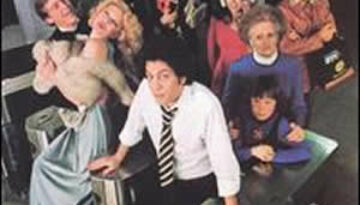
Buy Turnstiles Turnstiles is , in a lot of ways, the “growing up” album for Billy Joel. Even though he was only in his mid twenties at the time of its production (which […]

Buy There Goes Rhymin’ Simon For his second post-Garfunkel effort, Paul Simon found a nice sonic balance with There Goes Rhymin’ Simon. This album is bookmarked by two of his top pop hits […]


Buy The Stranger There is a bit of irony in The Stranger being our selection as Album of the Year for 1977. Don’t get me wrong, this is a great album by Billy Joel. […]
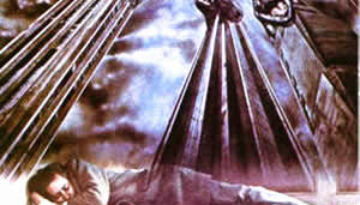
Buy The Royal Scam We’ve all heard of the genre called “outlaw country”. But with Steely Dan‘s 1976 fifth studio album, The Royal Scam, the group put forth a collection of songs that […]
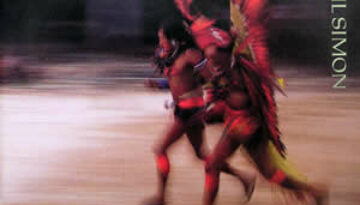
Buy The Rhythm of the Saints Ever the artist searching for a new, authentic sound, Paul Simon went to Brazil and employed the heavily percussive samba known as Batucada for his 1990 album, […]
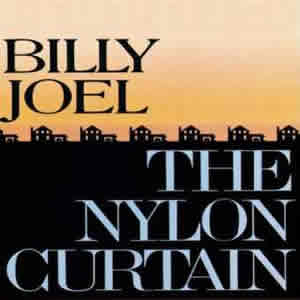
Buy The Nylon Curtain After much commercial success with his previous albums, Billy Joel really branched out to new musical territory on his eighth studio album, The Nylon Curtain. On this album, the […]

Buy The Last in Line After stints in several rock groups, Ronnie James Dio found his popular groove in the early eighties with the founding of the group, Dio. Although this band was […]
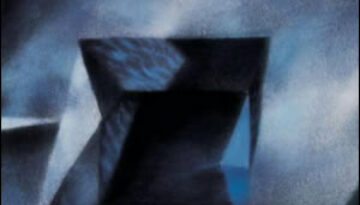
Billy Joel‘s 1986 studio album, The Bridge, represents a crossroads on many fronts. It is the seventh and final Billy Joel studio album to be produced by Phil Ramone. Ramone, starting with The […]